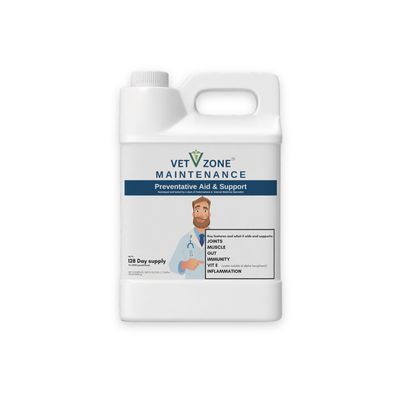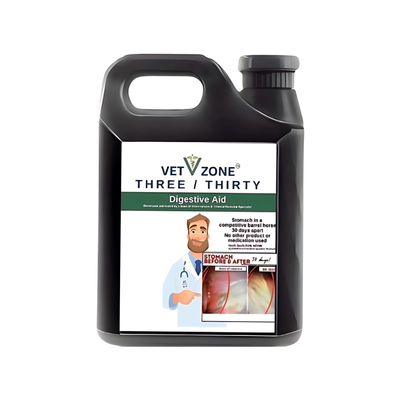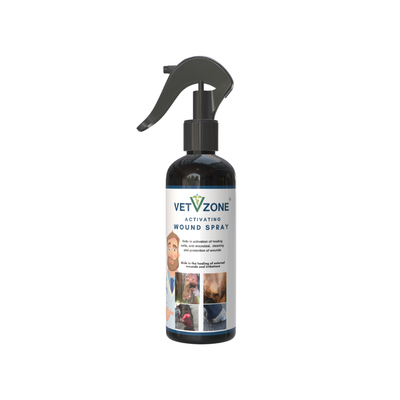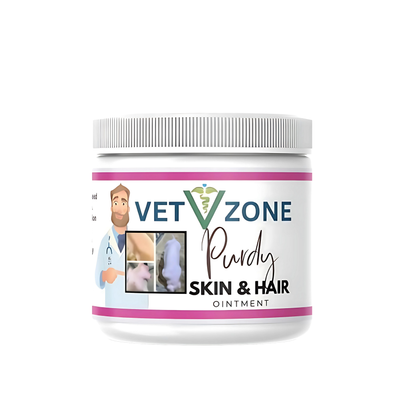When your animal has a wound, it’s natural to worry. Whether it’s a scrape on your show pig, a puncture on your horse’s leg, or a hotspot on your dog’s side — knowing what to expect during healing can make all the difference. This quick guide will help you recognize what’s normal, what’s not, and how to support faster, healthier recovery using targeted veterinary care.
🧬 The 4 Stages of Normal Healing
-
Hemostasis (First few hours):
The body immediately begins clotting and stopping the bleeding. -
Inflammation (0–3 days):
Redness, warmth, and swelling occur as immune cells clear out bacteria and debris. -
Proliferation (3–7 days):
New tissue, capillaries, and skin cells begin forming. You’ll notice less swelling and a smoother wound surface. -
Maturation (1–3 weeks or more):
Scar tissue strengthens, hair regrows, and the skin gradually regains structure and flexibility.
🚩 Red Flags to Watch For
If you notice any of the following, your animal’s wound may not be healing normally:
-
Redness or swelling that gets worse after day 3
-
Thick yellow or green discharge
-
Foul odor
-
Excessive licking, chewing, or rubbing
-
Delayed scabbing or no tissue filling in
-
Sudden heat or pain in the area
-
Fever or systemic symptoms
These may indicate infection, excessive inflammation, or underlying health issues.
🧴 How to Support Proper Healing
At VetZoneRx, we designed our wound care products to support faster healing with less inflammation using the science of activated oxygen (ozonated oils).
✅ Use Activating Wound Spray
-
Best for large surface areas, hotspots, or difficult-to-reach areas
-
Spray on 1–2x daily. No need to rinse.
-
Gently delivers oxygen to help disrupt pathogens and boost circulation.
✅ Use Activating Wound Ointment
-
Best for deep cuts, cracks, or dry scabs
-
Promotes hydration and healthy granulation tissue
-
Easy to apply around joints, ears, tails, and hooves
🐶🐴🐷 Species Notes
-
Dogs & Cats: Hotspots, surgical incisions, or bites benefit from daily activated oxygen application and keeping the area dry.
-
Horses: Leg wounds and proud flesh are common — avoid over-wrapping and encourage gentle air flow plus topical support.
-
Pigs: Skin cracks or abrasions on the back or flanks? Support with wound spray daily, especially in summer.
🧠 Final Tip from Dr. Qualls
“Wound healing isn’t just about closing the skin — it’s about supporting the immune system, managing inflammation, and allowing clean, strong tissue to regenerate. Activated oxygen is one of the smartest tools we have in modern veterinary wound care.”






